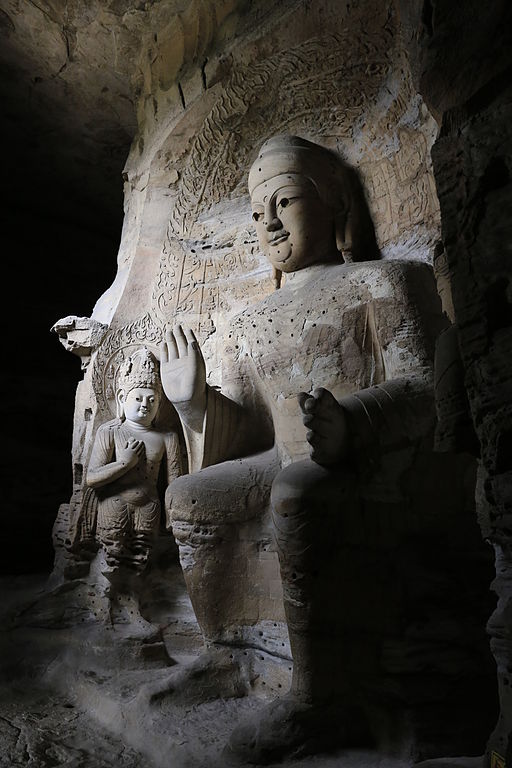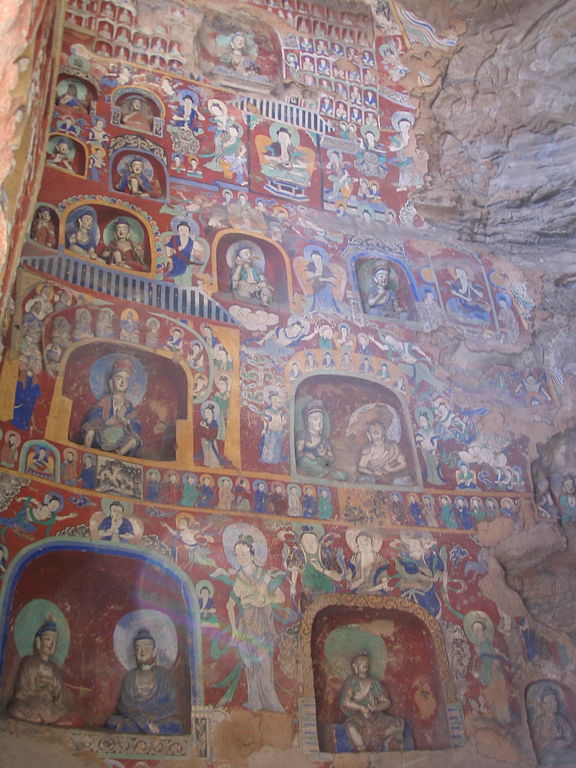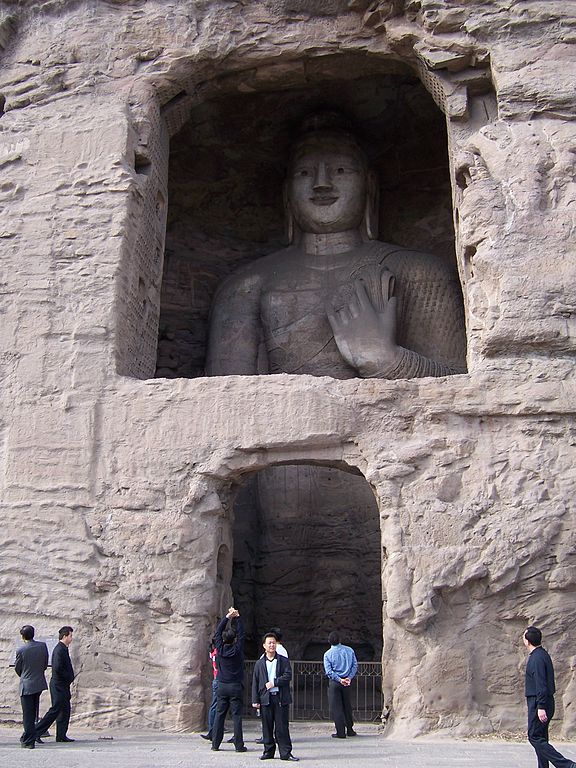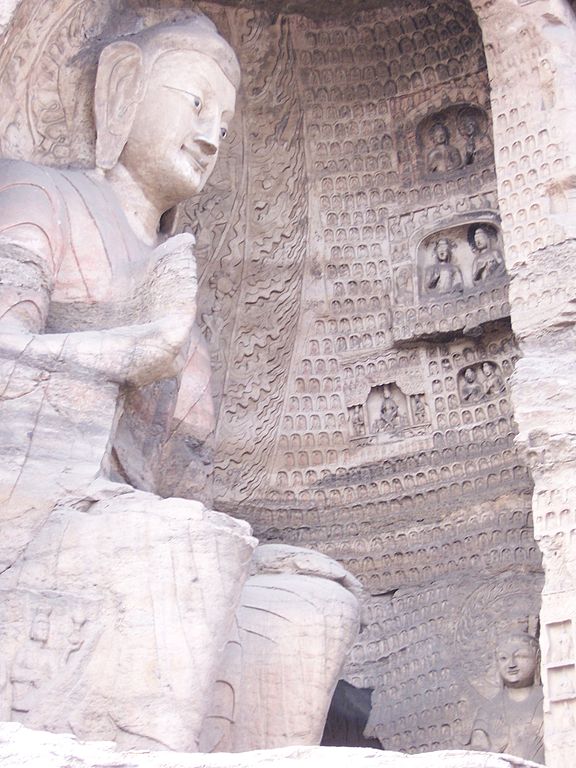Yungang Grottoes
Yungang is the oldest attraction in China, thanks to the cave caves that were cut down here about 15 centuries ago. This area, which attracts many tourists, is located 400 km away. from Beijing.
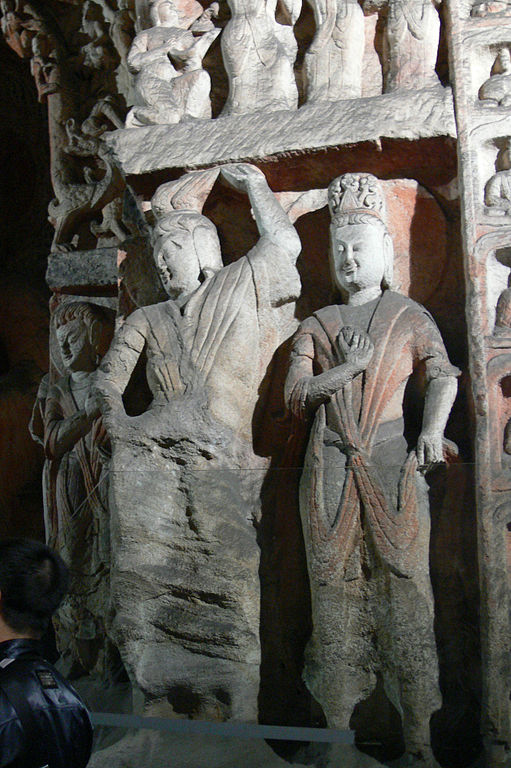
Political aspects gradually transformed Indian Buddhism into the Chinese religion. Buddhism has not played any role in China for centuries in a row. The Yungang Caves are a majestic Buddhist monument of the whole of China, which were created by the hands of mankind. So much work has been put in here that respect for talented ancient craftsmen immediately appears.
Archaeologists have established that the caves in the rock were cut down around the 5th century, and the sculptures themselves, which are their decoration, were created no earlier than the 6th century.
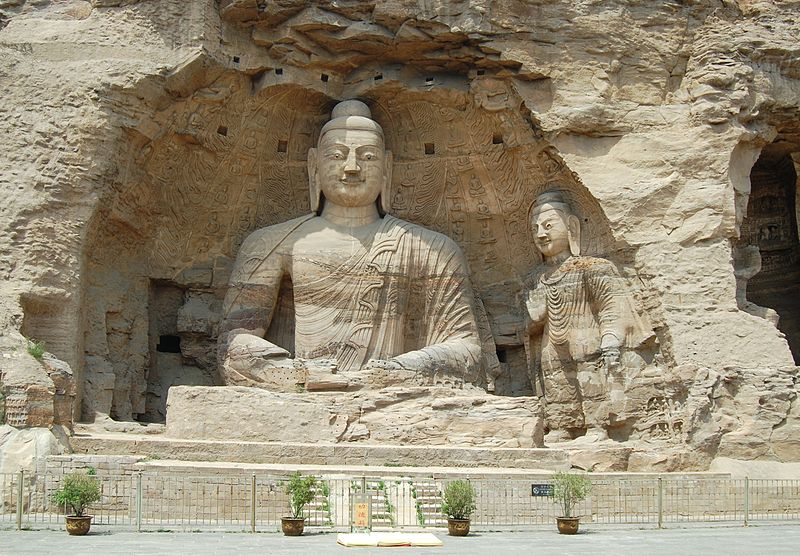
The Yungang cave complex has many images of birds and animals, and there is also a Buddha of various sizes. The caves are decorated with various Buddhist saints and dancers. The walls are lavishly decorated with bas-reliefs and ornaments, which have been preserved almost in their original form. In total, there are close to 50 thousand statues that have come down to us since ancient times. They are located in the grottoes, which are divided into 3 parts – Northern, Western and Eastern. Each grotto stands out for its unique sculptures.
One of the most famous caves of Yungang is the cave number five, which belongs to the Middle Group. She was glorified by the largest Buddha, whose sculpture reaches seventeen meters. He is so big that more than a hundred people can sit on his knee at the same time, and the size of the Buddha's ear is as much as three meters. In one of the Yungang caves, you can find the smallest Buddha statue, about 2 cm in size, but despite its size, it is a very valuable cultural relic of the whole of China.
Around 486, the reigning emperor created a decree stipulating the wearing of Chinese decorations throughout the royal court. It was at this time that the Buddha statues also acquired a Chinese appearance by applying a layer of appropriate painting. During this period, Buddhism takes on a Chinese face in the caves of Yungang.
During Buddhist holidays, many pilgrims gather here, and even the saints themselves look at visitors from their couches at this time.
